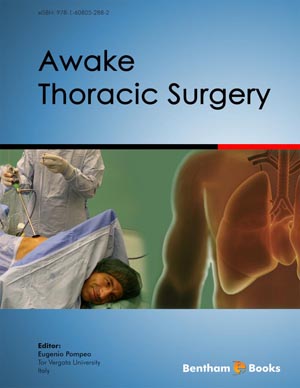Abstract
SHS investigation development is considered from the geographical and historical viewpoint. 3 stages are described. Within Stage 1 the work was carried out in the Department of the Institute of Chemical Physics in Chernogolovka where the scientific discovery had been made. At Stage 2 the interest to SHS arose in different cities and towns of the former USSR. Within Stage 3 SHS entered the international scene. Now SHS processes and products are being studied in more than 50 countries.
Abstract
Video-Assisted Thoracic Surgery (VATS) sympathectomy is a safe and effective procedure for treatment of facial, palmar and axillary hyperhidrosis. It can be more rarely used in other conditions. Awake thoracic surgery with epidural anesthesia and spontaneous ventilation has been employed to perform many surgical procedures including VATS sympathectomy.
This chapter describes the anatomy of the nerve with the most frequent abnormalities, the indications and contraindication for both sympathectomy and awake surgery, the method for awake anesthesia, a detailed step-by-step description of the surgical technique and postoperative management as well as an analysis of benefits and potential side-effects of awake VATS sympathectomy.
Patient selection, choice of the level of sympathectomy and adequate information about anesthesia and side effects of the operation are extremely important for the good result of the procedure.
Awake VATS sympathectomy may be considered a globally minimally invasive approach combining avoidance of general anesthesia-related adverse effects with maximum patient satisfaction.
Keywords:
Sympathectomy, VATS, awake thoracic surgery, hyperhidrosis, local anesthesia, thoracic epidural anesthesia.
Recommended Chapters
We recommend

Authors:Bentham Science Books


 Download PDF Flyer
Download PDF Flyer



